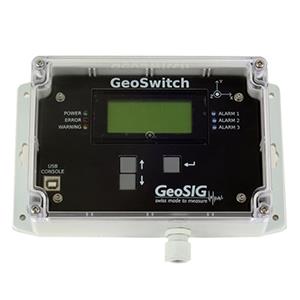
Download Paks NPP Case Study
Background
Located 5 km from Paks, in central Hungary, the Paks Nuclear Power Plant is the first and only operating nuclear power station in Hungary. It has four reactors that produce more than 50 percent of the electrical power generated in the country and meet more than 40 percent of the country’s electric consumption.
The Paks NPP was designed to have a 30-year lifetime, but feasibility studies had shown that with some minor repairs and replacements, it was in a very good condition to extend its lifetime. Following the Fukushima I nuclear accidents in March 2011, Hungary’s government said it would conduct a stress test on the Paks Nuclear Power Plant to assess safety, but it wouldn’t abandon plans for lifetime extension and it would also go ahead with plans for its expansion. Unit 1 was granted a license-extension to 2032 in 2012, unit 2 to 2034 in 2014, and unit 3 to 2036 in 2016.
Challenge
While the applications of ionizing radiation bring many benefits to humankind — ranging from power generation to uses in medicine, industry and agriculture, ionizing radiation can also be harmful unless it is properly controlled. Industrial irradiators produce very high dose rates during irradiation, such that a person accidentally present in the radiation room could receive a lethal dose within minutes or even seconds.
The International Basic Safety Standards for Protection against Ionizing Radiation and for the Safety of Radiation Sources (BSS) establish the basic requirements for protection of people against exposure to ionizing radiation and for the safety of radiation sources. There are four general categories of gamma irradiator, defined on the basis of the design of the facility and, in particular, the accessibility and shielding of the radioactive source.
- Category I means gamma irradiators (i.e. self-shielded irradiators)
- Category II panoramic dry source storage irradiators
- Category III underwater irradiators
- Category IV panoramic wet source storage irradiators
Irradiation facilities should be designed to meet the requirements established in paragraphs 2.24 and 2.25 of the BSS.
According to “Radiation Safety of Gamma, Electron and X Ray Irradiation Facilities , Inspection of Radiation Sources and Regulatory Enforcement: Specific Safety Guide” by the International Atomic Energy Agency: “Conventional norms, codes or standards that address hazards due to external events may be used for assessing the potential hazards, and for designing facilities that can withstand such hazards, the radiation risks associated with the facility being taken into account.” And paragraph 8.32, “In seismic areas, all irradiation facilities should be equipped with instrumentation to warn of the occurrence of a seismic event and to disable the means of producing radiation. The seismic instrumentation should be firmly anchored to a concrete shield wall. The instrumentation may be of a horizontal, omni-axial type or a vertical, uni-axial type. It should be set to actuate at the lowest practicable level that will not generate false alarms.”
Solution
Our partner Radchem Co Ltd., of Hungary, provides consultancy services related to isotope production, applications and radiation technology. In accordance with the guidelines above, NPP Paks worked with Radchem to install two GMSplus 43i to monitor two Category II panoramic dry source storage irradiators.
Another Solution using GeoSIG instruments and a capable Partner effectively showing that quality and reliability can also be cost-effective.


































